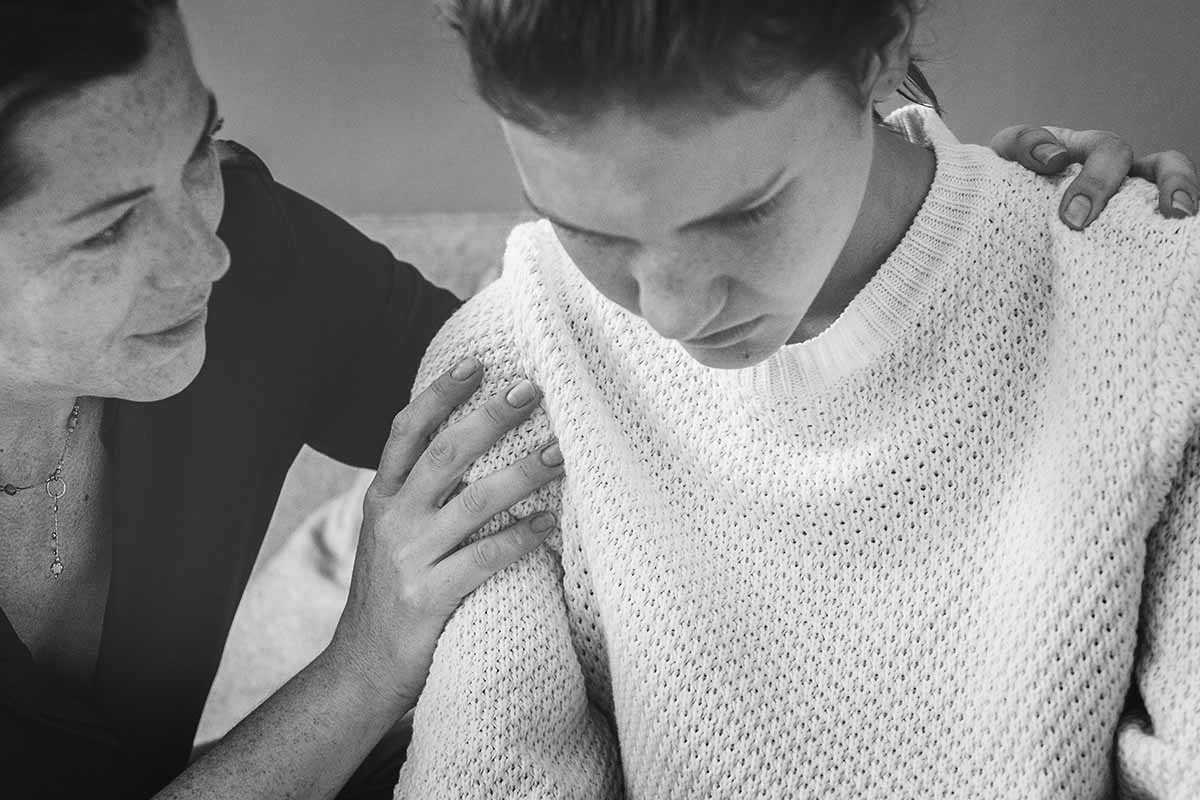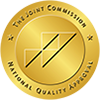Every year, over 21 million American adults experience major depression, yet many struggle in silence, unsure if what they’re feeling is normal sadness or something more serious. This uncertainty often delays treatment, with the average person waiting nearly 6 years before seeking help for depression.
We all experience sadness—it’s a natural, appropriate response to disappointment, loss, and life’s inevitable challenges. But clinical depression represents something fundamentally different, affecting brain chemistry, physical health, and daily functioning in ways that simple sadness does not.
Learning to distinguish between these experiences can literally save lives. When depression is properly identified, treatments like therapy and medication prove highly effective, with success rates between 80-90% for those who seek help. Yet nearly half of those suffering never receive the care they need due to misconceptions about what they’re experiencing.
At 12 South Recovery, we help people differentiate between normal emotional responses and clinical conditions requiring treatment. Whether you’re questioning your own emotional state or concerned about someone you love, understanding these differences provides the clarity needed to take appropriate action.

Understanding Normal Sadness
Characteristics of Healthy Sadness
Sadness serves important psychological purposes. This normal emotion helps us process loss, adjust to life changes, and communicate our need for support. Healthy sadness typically shows several key characteristics:
Clear triggers usually prompt sad feelings. The death of a loved one, the end of a relationship, professional setbacks, or even moving away from a beloved home naturally cause sadness. In these cases, the emotional response directly connects to specific events.
Proportional intensity means the degree of sadness matches the significance of what triggered it. While individual responses vary, the emotion generally aligns with cultural and personal expectations for the situation.
Temporary duration represents perhaps the most important feature of normal sadness. While grief over major losses may last months or even years, the acute intensity gradually diminishes. Most everyday disappointments produce sadness that fades within hours or days.
Fluctuation throughout the day also characterizes normal sadness. Even amid grief, people typically experience moments of neutral feelings or even happiness. The emotion ebbs and flows rather than maintaining constant intensity.
Preserved functioning in most areas of life continues despite sadness. While performance might temporarily decrease, most people maintain their ability to work, connect with others, and handle basic self-care during periods of normal sadness.
The Purpose of Sadness
Sadness plays important psychological roles:
Emotional processing helps us integrate difficult experiences. It allows us to acknowledge losses and adjust to new realities.
Communication shows our need for support from others. Signs of sadness evolved as social cues to strengthen community bonds in tough times.
Value recognition highlights what matters. We feel sad when we lose valuable things, which clarifies our priorities and helps us appreciate what we have.
Sadness can motivate change, prompting us to solve problems and improve our situations.
Recognizing these functions distinguishes normal sadness from depression that needs intervention. Normal sadness propels us through challenges instead of trapping us.
Cultural Variations in Expressing Sadness
How people express and experience sadness varies significantly across cultures:
Public expression versus private processing differs widely. Some cultures encourage open emotional displays, while others value stoicism and processing emotions privately.
Physical manifestations vary, with some cultures reporting more bodily symptoms of sadness (fatigue, pain, digestive issues) and others emphasizing psychological experiences.
Duration expectations differ across cultures, with some traditions prescribing specific grieving periods while others leave timing more individual.
These variations matter when assessing whether sadness has become depression. Cultural context must inform any evaluation of emotional experiences, avoiding pathologizing normal cultural expressions while still recognizing when clinical intervention would help.
Identifying Clinical Depression
Key Symptoms Beyond Sadness
Depression involves far more than feeling sad. Several key symptoms distinguish clinical depression from normal emotional responses:
Persistent low mood or emptiness lasts most of the day, nearly every day. Unlike sadness that fluctuates, depression creates a constant emotional weight or, sometimes, a troubling emotional numbness where people report feeling “nothing at all.”
Anhedonia (lost interest or pleasure) affects activities previously enjoyed. Hobbies, social interactions, and even favorite foods or music no longer bring joy or satisfaction. This symptom often proves more reliable than sadness itself in identifying depression.
Significant appetite or weight changes occur without intentional dieting. Some people experience substantial weight loss from diminished appetite, while others develop increased hunger and weight gain, particularly for carbohydrate-rich comfort foods.
Sleep disturbances manifest as either insomnia (difficulty falling asleep, staying asleep, or waking too early) or hypersomnia (excessive sleeping). Even when sleeping more, people with depression rarely feel rested.
Psychomotor changes appear as either agitation (inability to sit still, pacing, fidgeting) or retardation (noticeably slowed speech, thinking, and body movements). These changes are often obvious enough for others to notice.
Fatigue or energy loss persists regardless of activity level or rest. Even small tasks feel exhausting, and this fatigue doesn’t improve with sleep.
Feelings of worthlessness or inappropriate guilt go beyond proportional regret about specific actions. People with depression often blame themselves for things outside their control or view themselves as fundamentally flawed or worthless.
Concentration difficulties or indecisiveness interfere with daily functioning. Reading, following conversations, making simple decisions, or completing familiar tasks become unexpectedly challenging.
Recurrent thoughts of death range from passive wishes (“I wouldn’t mind if I didn’t wake up”) to specific suicidal thoughts or plans. Any suicidal thinking requires immediate professional attention.
Medical professionals use these symptoms, along with duration and impact criteria, to diagnose Major Depressive Disorder and other depressive conditions.
The Role of Time and Impairment
Two crucial factors help distinguish depression from normal sadness:
Duration requirements: Clinical depression involves symptoms persisting for at least two weeks. While grief can last longer, the specific symptom pattern of depression maintaining constant intensity over weeks suggests a condition requiring treatment.
Functional impairment: Depression significantly interferes with daily functioning, including work performance, relationships, and self-care. This impairment exceeds what would be expected from normal sadness, even after major losses.
These factors help mental health professionals determine when emotional distress represents a treatable condition rather than an appropriate response to circumstances.
Physical Manifestations of Depression
Depression affects the body, not just the mind. Physical symptoms often include:
Chronic pain without a clear medical cause, particularly headaches, back pain, and vague digestive discomfort.
Immune system suppression leading to increased susceptibility to colds, infections, and inflammatory conditions.
Cardiovascular effects, including increased risk of heart disease and stroke, are partially mediated through elevated stress hormones and inflammation.
Slowed digestion causes constipation, reduced appetite, and related digestive issues.
Many people seek medical help for these physical symptoms without recognizing their connection to depression. This physical dimension highlights depression’s nature as a whole-body condition, not merely a mood problem.
When Sadness Becomes Depression
Risk Factors for Developing Depression
Several factors increase vulnerability to depression:
Genetic predisposition significantly influences risk. Those with first-degree relatives (parents, siblings) with depression face a 2-3 times higher risk themselves.
History of trauma or adverse childhood experiences alters nervous system development and stress responses, creating vulnerability to depression later in life.
Substance use interacts bidirectionally with depression. Many substances temporarily relieve depression symptoms but ultimately worsen them. At 12 South Recovery, we frequently see this connection with alcohol, opioids, and stimulants, which initially seem to help emotional pain before deepening it.
Chronic stress depletes the body’s regulatory systems, creating biological vulnerability to depression. Financial struggles, caregiving demands, and workplace stress all contribute to this risk.
Medical conditions like thyroid disorders, autoimmune diseases, and chronic pain increase depression risk through both biological mechanisms and psychological strain.
Understanding these risk factors helps identify when sadness might be transitioning to depression, particularly for those with multiple vulnerabilities.
Life Events That Can Trigger Depression
While ordinary disappointments typically cause temporary sadness, certain life events more commonly trigger clinical depression:
Grief after significant losses can evolve into depression, particularly when the loss was traumatic, when multiple losses occur together, or when the person lacks adequate support.
Major life transitions like retirement, becoming an empty nester, or moving to a new location disrupt identity and support systems, sometimes triggering depression.
Health diagnoses that threaten independence, identity, or future plans create both practical and existential challenges that increase depression risk.
Relationship ruptures, including divorce, estrangement from family, or death of a spouse, remove crucial support exactly when emotional demands increase.
These events don’t cause depression directly—many people navigate them without developing clinical depression. However, they represent periods of heightened vulnerability when additional support and attention to mental health prove especially important.
The Connection to Substance Use
Substance use and depression share a complex, often cyclical relationship:
Self-medication occurs when people use substances to relieve depression symptoms temporarily. Alcohol might briefly reduce anxiety, stimulants temporarily boost energy and mood, and opioids numb emotional pain—but all ultimately worsen depression over time.
Neurochemical depletion from substance use directly contributes to depression. Substances like alcohol, cocaine, and methamphetamine deplete the very brain chemicals needed for healthy mood regulation.
Treatment considerations must address both conditions when they co-occur. At 12 South Recovery, our dual diagnosis approach recognizes that treating depression without addressing substance use (or vice versa) typically leads to relapse in both conditions.
This connection explains why proper mental health treatment often proves essential for successful addiction recovery, and why substance use screening belongs in depression assessment.
Getting Help: From Recognition to Recovery
When to Seek Professional Help
Professional evaluation for depression becomes advisable when:
Symptoms persist beyond two weeks without improvement, particularly if they include severe symptoms like suicidal thoughts or significant functional impairment.
Self-help strategies prove insufficient. While exercise, social connection, and stress management help with normal sadness, clinical depression typically requires professional treatment.
Substance use develops or intensifies alongside emotional symptoms, creating a dangerous cycle that rarely resolves without intervention.
Safety concerns arise, including thoughts of death, self-harm urges, or inability to maintain basic self-care. These situations warrant immediate professional attention.
Early intervention typically leads to faster recovery and reduces the risk of recurrence. At 12 South Recovery, we encourage seeking help based on impact and duration rather than trying to definitively self-diagnose depression.
Treatment Approaches for Depression
Effective depression treatment combines several approaches:
Therapy helps address thought patterns, behaviors, and relationship issues contributing to depression. Evidence-based approaches like Cognitive Behavioral Therapy (CBT) show particularly strong results.
Medication may be recommended, particularly for moderate to severe depression. Antidepressants help restore neurochemical balance, creating a foundation for other recovery work.
Lifestyle modifications, including regular exercise, improved sleep habits, and nutrition support, both immediate recovery and long-term prevention.
Social support through both personal connections and support groups provides crucial emotional resources during recovery.
At 12 South Recovery, our treatment programs integrate these approaches, with particular attention to how substance use and mental health interact. Our individual therapy, group sessions, and family therapy all contribute to lasting recovery.
Supporting Someone With Depression
If you’re concerned about someone else’s mental health:
Express concern non-judgmentally, focusing on specific observations rather than labels: “I’ve noticed you’ve stopped doing things you used to enjoy, and I’m concerned.”
Listen without minimizing their experience or rushing to solutions. Validation often helps more than advice.
Encourage professional assessment, offering to help with finding resources or even accompanying them to initial appointments.
Learn about depression to better understand their experience and provide appropriate support.
Take care of your own well-being while supporting others, recognizing that you cannot single-handedly solve someone else’s depression.
Small gestures often make significant differences for those struggling with depression, helping bridge the gap between suffering and seeking professional help.
Call 12 South Recovery Today
Understanding the difference between sadness and depression is vital for mental health. Sadness is a normal emotion that helps us cope with life’s challenges, while depression consists of persistent symptoms that require professional help.
Recognizing depression in yourself or loved ones is the first step toward recovery. With appropriate treatment, depression can improve, allowing individuals to regain emotional well-being and quality of life.
At 12 South Recovery, we specialize in treating depression, both independently and alongside substance use disorders. Our team utilizes evidence-based therapies like CBT, EMDR for trauma-related depression, and holistic approaches addressing physical and emotional aspects.
If you experience ongoing low mood or loss of interest in activities, please reach out. Our compassionate team can help discern between normal sadness and issues needing treatment, guiding you to appropriate care.
If you found this information helpful, please share it with others. Spreading accurate mental health information connects more people to the support they need.






































